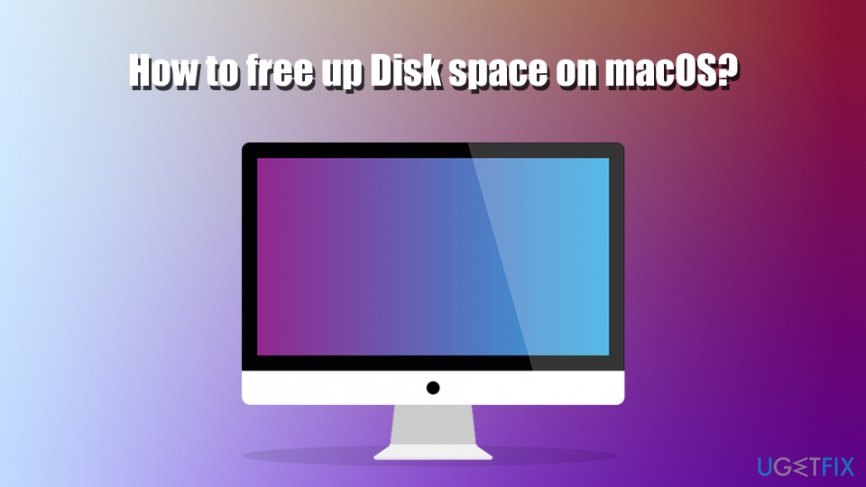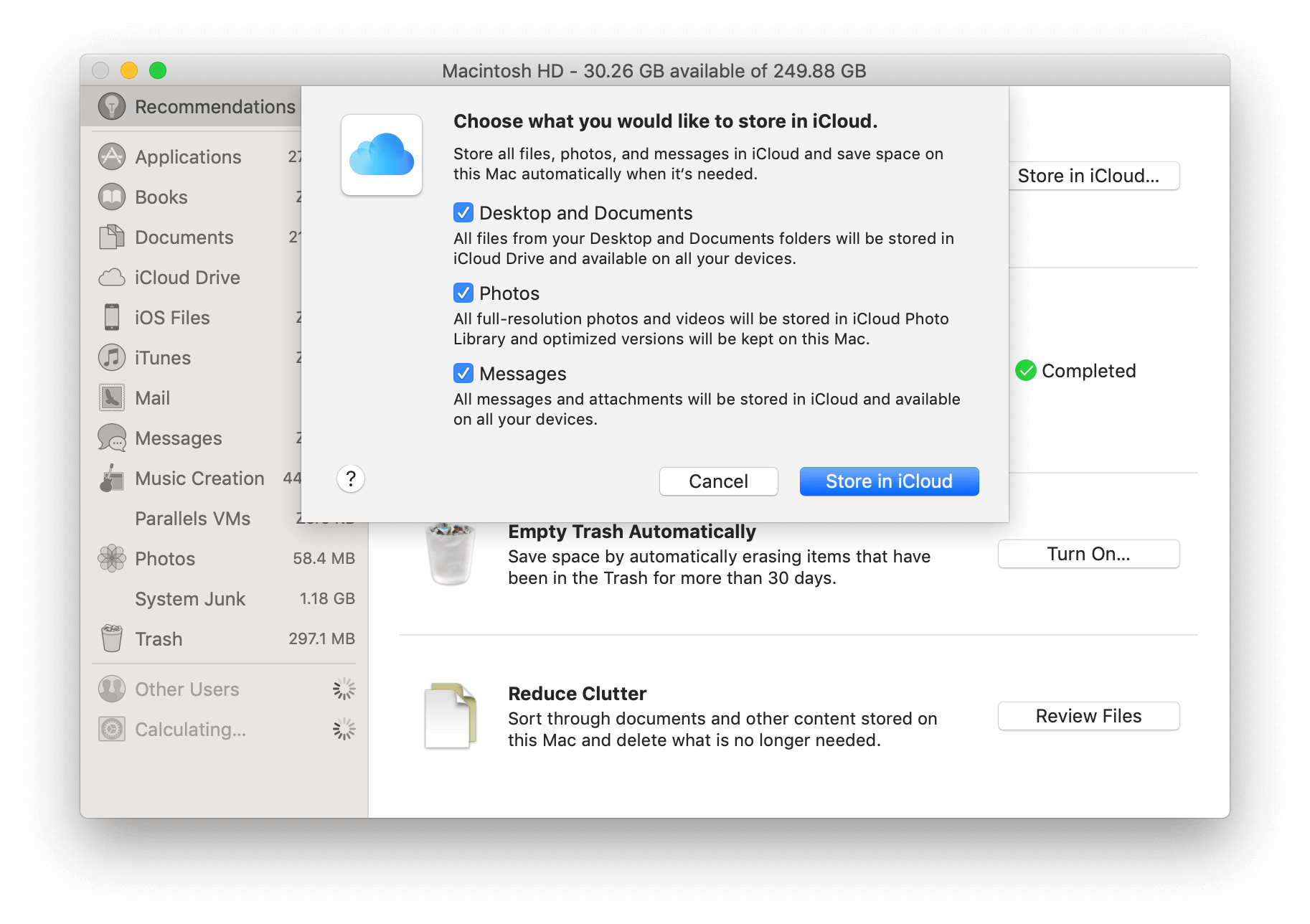

- #Free up mac system storage how to
- #Free up mac system storage portable
- #Free up mac system storage free
#Free up mac system storage free
Your Mac will use spare disk space for backups, just to be safe, and free up that disk space for other things when you need it.

In theory, you shouldn’t have to worry about how much space is being used for backups. At less than 10 percent or 5 GB available, your Mac will become even more aggressive. When less than 20 percent of the space on your Mac’s startup disk is available - or if less than 5 GB of space is available - your Mac will start automatically purging the oldest Time Machine local snapshots to free up space. The “as space permits” bit is the key here. However, your Mac does tell you it keeps these backups - it says it keeps “Local snapshots as space permits” in the Time Machine window. This is a useful feature, but it’s counterintuitive. You probably expect Time Machine to back up primarily to an external drive, so opening up the disk space usage window and seeing local backups taking up gigabytes of precious space on your Mac’s drive can be confusing. Your Mac Tries to Automatically Purge Backups, But… The Time Machine drive wasn’t plugged our MacBook at this point in time, so that’s a local snapshot stored entirely on our Mac. For example, in the screenshot below, a snapshot was taken earlier in the day at 1:58 pm. You’ll be able to do so without plugging in your Time Machine drive, as long as that old file is part of your local snapshots. To take advantage of those local snapshots, just open the Time Machine interface and try to restore an old file.
#Free up mac system storage portable
It’s a safety net designed for portable laptop use.

You can also recover previous versions of files from your Mac’s local snapshots if you don’t have your Time Machine drive with you. You can open Time Machine and restore those files, even if you haven’t actually plugged in your drive and performed a Time Machine backup in a while. These local snapshots are stored on your Mac’s startup partition along with all your other files. Your Mac automatically creates them in the background, and the Time Machine icon on your menu bar won’t even say it’s doing anything as it does so.

These snapshots are designed to help you recover deleted files or previous versions of files, even if your laptop is away from its Time Machine drive for a while. If you’re using a desktop Mac with Time Machine enabled, or if you’re using a Mac notebook with Time Machine disabled, your Mac won’t bother creating local snapshots. Second, you must have enabled Time Machine to back up to an external drive. First, you must be using a Mac notebook and not a Mac desktop PC. Local snapshots are only created if two things are true.
#Free up mac system storage how to
RELATED: How to Back Up Your Mac and Restore Files With Time Machine You can’t normally see or access these backup files - use the commands below if you need to quickly remove them from your Mac’s internal storage. The “Backups” category here represents your local snapshots. To see how much space those local Time Machine backups are consuming, click the Apple icon on the menu bar, click About This Mac, and click the Storage heading. RELATED: 10 Ways To Free Up Disk Space on Your Mac Hard Drive


 0 kommentar(er)
0 kommentar(er)
